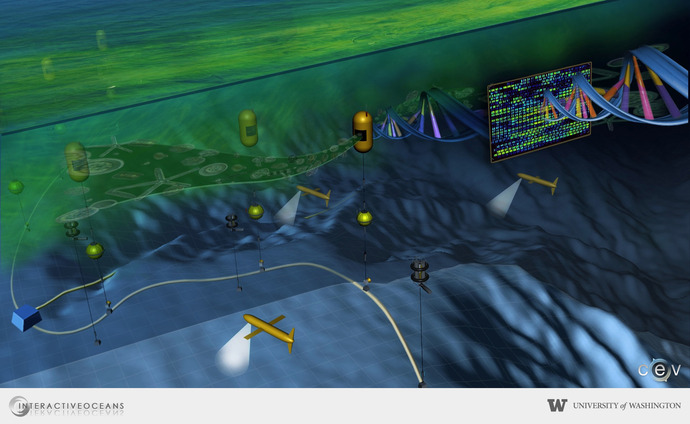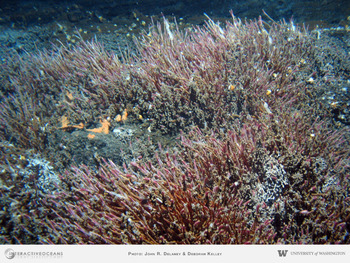Marine biotechnology is entering a period of tremendous potential.
Because of its enormous biodiversity, the oceans offer huge potential for the discovery of new drugs. While we have systematically tapped terrestrial habitats, at least 20,000 biochemical substances have been identified from marine life during the past 30 years. Some of these substances have been exploited to produce new medicines. For example, Cytosar-U was the first marine-derived anticancer drug. This compound, isolated decades ago, from the Caribbean Sea sponge has been an essential element in the treatment of leukemia. In 2009 Norwegian scientists produced a completely new antibiotic from marine bacteria. With the increase in antibiotic-resistant microbes, it is increasingly important for new compounds to be obtained and the oceans offer exceptional opportunities for new pharmaceuticals.
The ocean is a treasure chest of unique prokaryotes (bacteria), archea, and eukaryotes (plants, animals, fungi, algae). Its microbial life yields astounding diversity that is only just now being realized. One milliliter of seawater contains 1 million microorganisms that are mostly uncultured and unknown and it is hypothesized that microbes in the seafloor rival the biomass on the continents. The high power and bandwidth of the Ocean Observatories Initiative Regional Scale Nodes offers the future additions of high-tech instruments such as in situ genomic analyzers and in situ flow cytometers. These types of sensors, coupled with the ability to monitor the chemical environment in real-time and to rapidly recover samples of interest with robotic vehicles, will revolutionize marine biotechnology.





